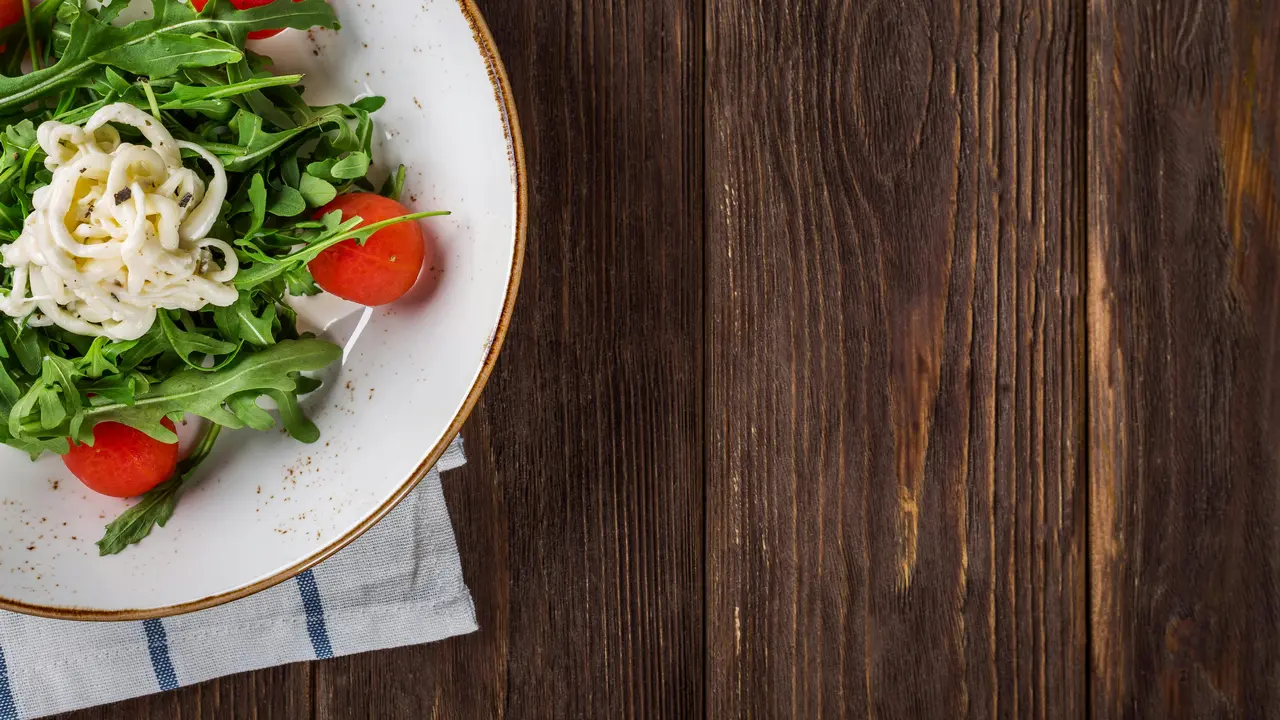Have you ever wondered, “what does a 100 grams of sugar look like?” Understanding the visual representation of sugar can be crucial for making informed dietary choices. In this article, we’ll explore how to measure 100 grams of sugar, its implications for health, and why it matters in today’s diet. Let’s dive into the details!
Understanding What Does a 100 Grams of Sugar Look Like
The Visual Measurement of Sugar
When trying to visualize 100 grams of sugar, it’s useful to know that granulated sugar has a specific density. To help you understand what 100 grams of sugar looks like, consider these points:
- 1 cup of granulated sugar typically weighs around 200 grams, so half a cup equals approximately 100 grams.
- In terms of tablespoons, 100 grams of sugar is about 8 tablespoons.
- If you prefer a more visual representation, 100 grams of sugar can fill up to a small bowl.
Different Forms of Sugar
It’s important to recognize that there are various types of sugar, each with slightly different weights. Here’s a quick overview:
- Granulated Sugar: This is what most people think of as “sugar”. As mentioned, 100 grams equals about half a cup.
- Brown Sugar: Due to its moisture content, 100 grams of packed brown sugar may take up slightly less space than granulated sugar.
- Powdered Sugar: Also known as confectioners’ sugar, 100 grams is roughly 1.25 cups due to its fine texture.
Why 100 Grams of Sugar Matters in Your Diet
The Daily Recommended Intake of Sugar
The World Health Organization suggests that added sugars should make up less than 10% of our total daily caloric intake. This translates into about 50 grams, or roughly 12 teaspoons for an adult consuming 2,000 calories. Therefore, understanding what does 100 grams of sugar look like is essential for monitoring intake.
Health Implications of Excess Sugar Intake
Excessive sugar consumption can lead to several health issues, including:
- Weight gain and obesity
- Increased risk of heart disease
- Type 2 diabetes
- Cavities and dental problems
Recognizing the amount of sugar in foods and drinks can help you avoid exceeding the daily recommended limits.
Practical Tips for Measuring and Reducing Sugar Intake
How to Measure Sugar at Home
If you want to accurately measure sugar at home, here are some handy tips:
- Use a digital kitchen scale for precision.
- For recipes, measure using volume (cups or tablespoons) but verify using weight when necessary.
- Always check food labels to understand sugar content in packaged foods.
Reducing Sugar in Your Diet
To lower your sugar intake, consider the following strategies:
- Gradually reduce the sugar you add to beverages and meals.
- Explore natural sweeteners like honey or maple syrup, but remember they are still sugar.
- Avoid processed foods which often contain high levels of hidden sugars.
Frequently Asked Questions About Sugar Measurements
How can I tell if I’m consuming too much sugar?
Keep track of your daily sugar intake by reading nutrition labels and logging your meals. If you’re exceeding the recommendations, consider making adjustments.
What does 100 grams of sugar look like in popular foods?
Many popular foods contain surprisingly high amounts of sugar. For example:
- A 12-ounce can of soda contains around 39 grams of sugar, which means roughly 2.5 cans would equal 100 grams.
- A typical serving of flavored yogurt can have anywhere from 15 to 30 grams of sugar.
Conclusion
Understanding “what does a 100 grams of sugar look like” is crucial for making healthier dietary choices. We’ve explored visual measurements, the implications of excess sugar consumption, and some practical tips for reducing sugar in your diet. Remember, keeping an eye on your sugar intake can lead to a healthier lifestyle. If you found this information helpful, consider sharing it with friends or exploring our other articles on healthy eating habits!
Sugar – Recent Articles
- How Much is 200g of Sugar in Cups? Discover the Conversion!
- How Much Sugar in Rice Krispies Treats? Find Out Now!
- Which Inference Does This Passage Support? Sugar Changed the World!
- Why Does Sugar Make My Teeth Ache? The Surprising Truth!
- How Much Sugar Is in Cinnamon Toast Crunch? Find Out Now!
Sugar – Useful Links
- DC – Get the Facts: Added Sugars
- American Heart Association – Added Sugars
- Harvard T.H. Chan – Added Sugar in the Diet
- MedlinePlus – Sweeteners – sugars
- NIDDK – Healthy Living with Diabetes
